Nationality Turkish Name Ibrahim Kaypakkaya | ||
Died May 18, 1973Diyarbakir, Turkey Political party Communist Party of Turkey/Marxist-Leninist (TKP/ML) | ||
Ibrahim kaypakkaya kimdir ibrahim kaypakkaya s zleri
İbrahim Kaypakkaya (1949 – May 18, 1973) was a major leader of the Communist movement in Turkey. He was the founder of the Communist Party of Turkey/Marxist-Leninist (TKP/ML).
Contents
- Ibrahim kaypakkaya kimdir ibrahim kaypakkaya s zleri
- Ibrahim kaypakkaya
- Life
- Capture and death
- Cultural legacy
- Doctrine
- TKPML
- References
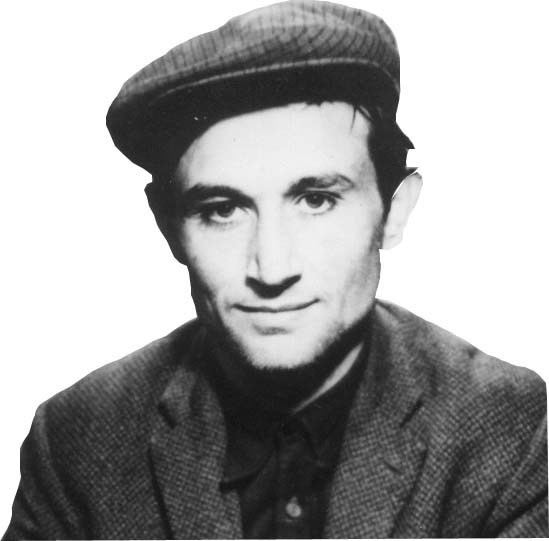
Following the military memorandum of 1971, the Turkish government cracked down on the Communist movement in Turkey and was successful in destroying the machinery of the TKP/ML. Kaypakkaya and several of his colleagues were arrested. Kaypakkaya died in prison in 1973 after being tortured for over 4 months and later being shot in the head by his interrogators.
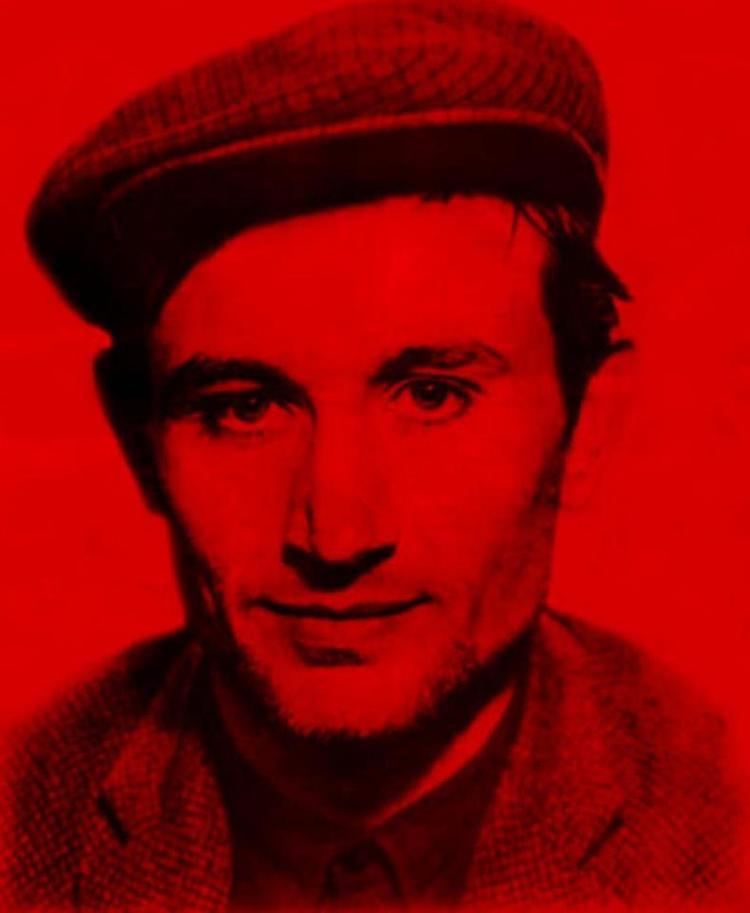
He is revered by his admirers today as a symbol of resistance, who describe him as an aggregator of the ideas and traits of other major leaders and thinkers in Marxism-Leninism-Maoism.
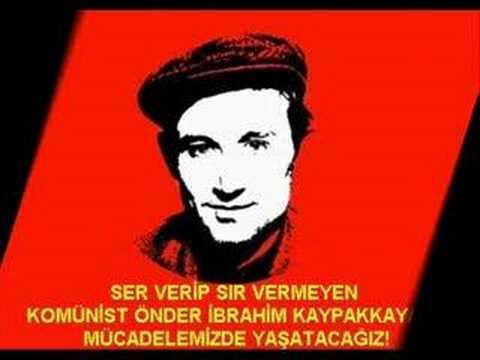
Ibrahim kaypakkaya
Life
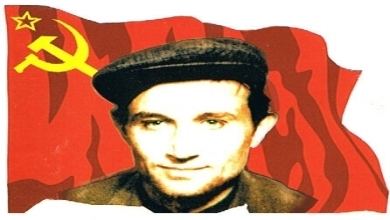
Ibrahim Kaypakkaya was born in 1949. As a student in the physics department of Istanbul University’s Faculty of Science, he was first exposed to revolutionary ideas and became a member of the Revolutionary Workers and Peasants Party of Turkey. He joined in the foundation of the Çapa Idea Club (Turkish: Çapa Fikir Kulubü) in March 1968 and became the president of the club. He was expelled from the university in November 1968 for preparing a leaflet against the visiting 6th Fleet of the U.S. Navy.

Kaypakkaya, who adopted the view of National Democratic Revolution, worked for the newspaper İşçi Köylü ("Worker-Peasant"). He wrote articles in the magazines Aydınlık ("Enlightenment") and TÜRKSOLU ("Turkish Left"; not to be confused with the modern magazine Türksolu). Kaypakkaya then split from Doğu Perinçek and his group, as he considered Perinçek to be a revisionist and an opportunist. Kaypakkaya, who participated in the struggle of peasantry, formed TİKKO (Turkish: Türkiye İşci ve Köylü Kurtuluş Ordusu, "Workers' and Peasants' Liberation Army"), the armed wing of his Communist Party of Turkey/Marxist-Leninist, and carried out activities in the cities of Tunceli, Malatya, and Gaziantep.
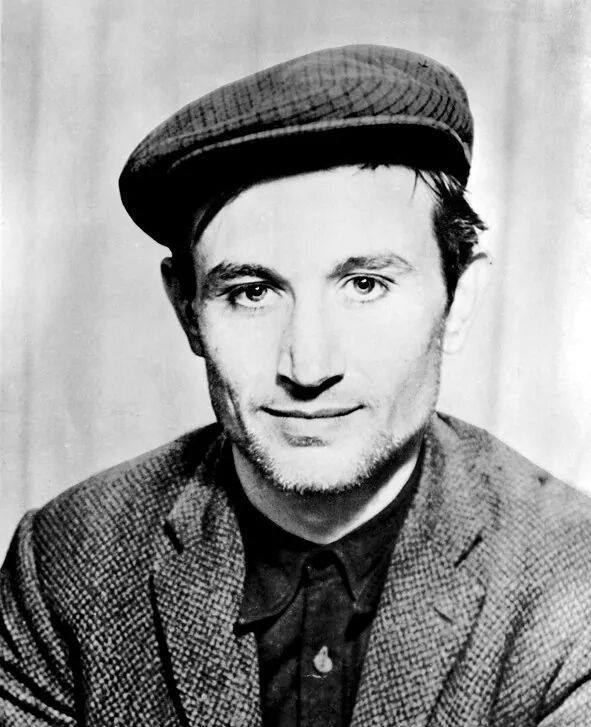
Kaypakkaya and his comrades interrogated and shot the informer village headman who caused the killing of THKO (Turkish: Türkiye Halk Kurtuluş Ordusu; "People's Liberation Army of Turkey") members Sinan Cemgil and his two other comrades by the state forces during a gunfight. Kaypakkaya became a symbol of revolutionary solidarity and camaraderie to his supporters at the time of martial law.
Capture and death
On 24 January 1973, Kaypakkaya and his comrades were attacked by Turkish military forces in the mountains of Tunceli. He was wounded badly, while his comrade Ali Haydar Yıldız died. The military left Kaypakkaya for dead, allowing him to avoid capture. During that winter, severe weather conditions and snow forced him to take shelter in a cave for five days. Thereafter, he left for a village where he asked for assistance from a local teacher. Initially, the man allowed Kaypakkaya to take shelter in a room but then locked the door and reported him to the military.
The military officers tortured Kaypakkaya under custody in Diyarbakır Prison, infamous for its brutal treatment of inmates, for 4 months. In one instance, he was tortured for two weeks after which he was forced to walk barefoot over 50 km snow and icy rivers from city to city. On 18 May 1973, he was tortured to the brink of death and then shot and killed by military officers at the age of 24. His corpse was mutilated and cut up.
The National Intelligence Organization (Turkish: Milli İstihbarat Teşkilatı, MİT) reported that Kaypakkaya was the most dangerous revolutionary in Turkey and one of the most wanted due to his organizational ability that allowed him to almost single-handedly bring Communist ideas to Turkey.
Cultural legacy
After his death, Kaypakkaya became a martyr for the Turkish Communist revolutionary movement by "choosing to die rather than give information." Despite his young age, he was one of the most prominent Marxist theorists of Turkey. Kaypakkaya's most well known work is his critique of Kemalism, the state principles of Turkey, and his thesis on the national question, notably the Kurdish question.
Today, he is revered as a symbol of resistance in Turkey and in other countries.
Doctrine
His doctrinal views were based on splitting away from the neighboring Soviet Union's ideology and taking up Maoism and supporting the Cultural Revolution. As such, Kaypakkaya's life was heavily shaped by the Sino-Soviet split.
Kaypakkaya also took the position that there is a national question involved with the Kurdish people.
TKP/ML
Communist Party of Turkey/Marxist-Leninist re-organized between 1973 and 1978. The first party congress took place in 1978 (TKP/ML I. Kongresi in Turkish). In 1981 the second congress was organized (TKP/ML II. Kongresi). The party split following the second congress, the splinter taking up the name Bolshevik Party (North Kurdistan-Turkey).
However it was neither the first nor the last split in the party. The Communist Party of Turkey/Marxist-Leninist - Hareketi had already split in (1976) during the re-organisation period. Other splits followed the second congress: Communist Party of Turkey/Marxist-Leninist - Revolutionary Proletarian (1987), Communist Party of Turkey/Marxist-Leninist (Maoist Party Centre) (1987), and Maoist Communist Party (1994).
Today the organisation is listed among the 12 active terrorist organisation in Turkey as of 2007 according to Counter-Terrorism and Operations Department of Directorate General for Security (Turkish police).
